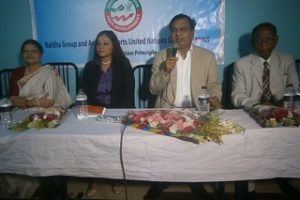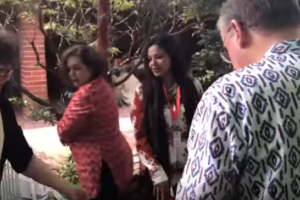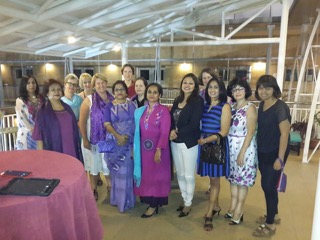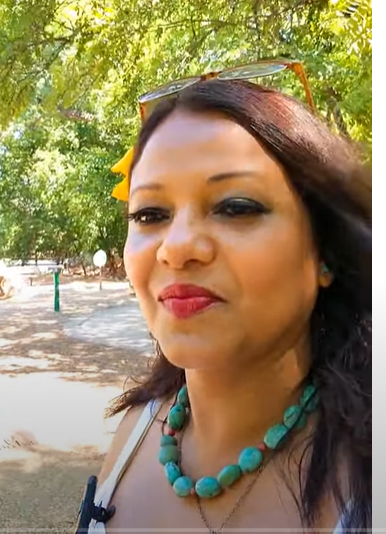Countries that are home to one-fourth of Earth’s population face an increasingly urgent risk: the prospect of running out of water.
From India to Iran to Botswana, 17 countries around the world are under extremely high water stress, meaning they are using almost all the water they have, according to new World Resources Institute data published Tuesday.
Many are arid countries to begin with. Some are squandering what water they have. Several are relying too heavily on groundwater, which they should be replenishing and saving for times of drought.
In those countries are several big cities that have faced acute shortages recently, including São Paulo; Chennai, India; and Cape Town, South Africa, which in 2018 narrowly beat what it called Day Zero — the day when all its dams would be dry.
“We’re likely to see more of these Day Zeros in the future,” said Betsy Otto, who directs the global water program at the World Resources Institute. “The picture is alarming in many places around the world.”
Climate change heightens the risk. As rainfall becomes more erratic, the water supply becomes less reliable. And, as the days grow hotter, more water evaporates from reservoirs just as demand for water increases.
Water-stressed places are sometimes cursed by two extremes. São Paulo was ravaged by floods a year after its taps nearly ran dry. Chennai had fatal floods four years ago, and now its reservoirs are almost empty.
Groundwater is going fast
Mexico’s capital, Mexico City, is drawing groundwater so fast that the city is sinking. Dhaka, Bangladesh, relies so heavily on its groundwater for both its residents and its garment factories that it now draws water from aquifers hundreds of feet deep. Chennai’s residents, accustomed to relying on groundwater for years, are now finding there’s none left. Across India and Pakistan, farmers are draining aquifers to grow water-intensive crops like cotton and rice.
More stress in the forecast
Today, among cities with more than 3 million people, World Resources Institute researchers concluded that 33 of them, with a combined population of over 255 million, face extremely high water stress, with repercussions for public health and social unrest.
By 2030, the number of cities in the extremely high stress category is expected to rise to 45 and include nearly 470 million people.
How to fix the problem?
The stakes are high for water-stressed places. When a city or a country is using nearly all the water available, a drought can be catastrophic.
After a three-year drought, Cape Town in 2018 was forced to take extraordinary measures to ration what little it had left in its reservoirs. That crisis only magnified a chronic challenge. Cape Town’s 4 million residents are competing with farmers for limited water resources.
Los Angeles has a similar problem. Its most recent drought ended this year. But its water supply isn’t keeping pace with its galloping demand, and a penchant for private backyard swimming pools doesn’t help.
For Bangalore, a couple of years of paltry rains showed how badly the city has managed its water. The many lakes that once dotted the city and its surrounding areas have either been built over or filled with the city’s waste. They can no longer be the rainwater storage tanks they once were. And so the city must venture further out to draw water for its 8.4 million residents, and much of it is wasted along the way.
A lot can be done to improve water management, however.
City officials can plug leaks in the water distribution system. Wastewater can be recycled. Rain can be harvested and saved for lean times: lakes and wetlands can be cleaned up and old wells can be restored. And farmers can switch from water-intensive crops like rice, and instead grow crops like millet.
“Water is a local problem and it needs local solutions,” said Priyanka Jamwal, a fellow at the Ashoka Trust for Research in Ecology and the Environment in Bangalore.





















